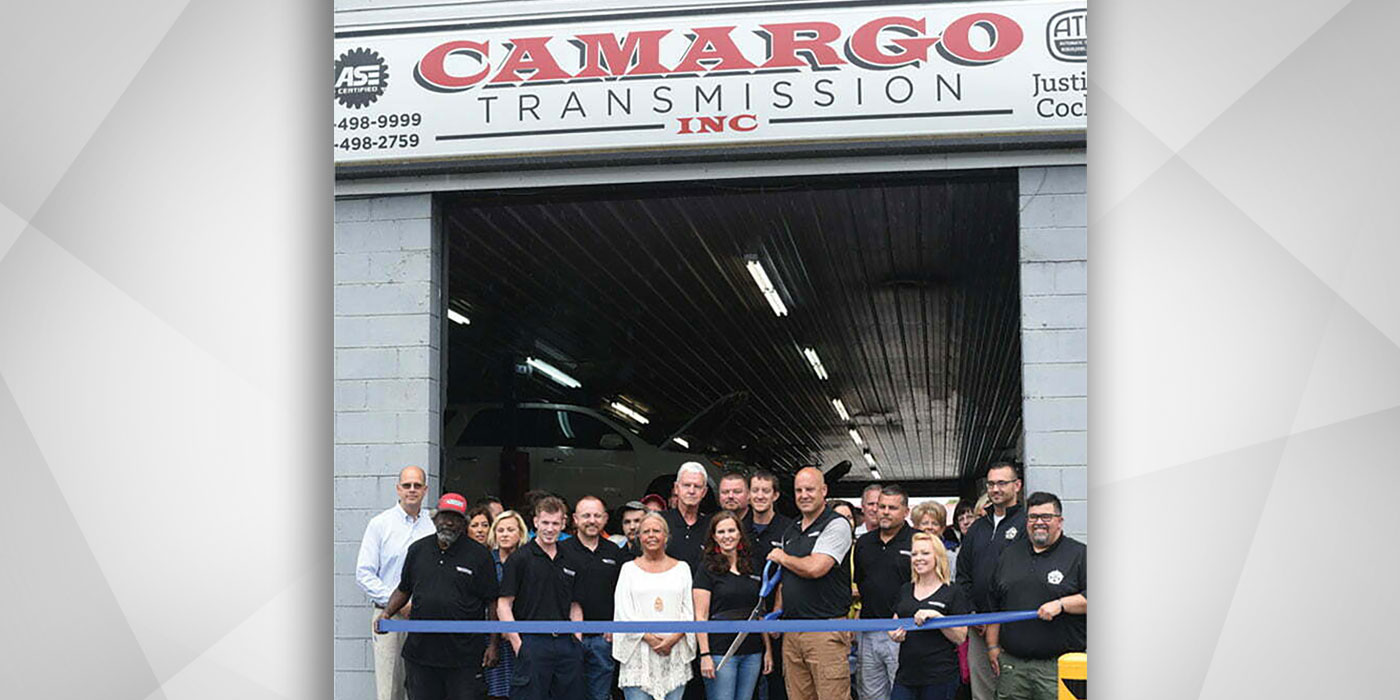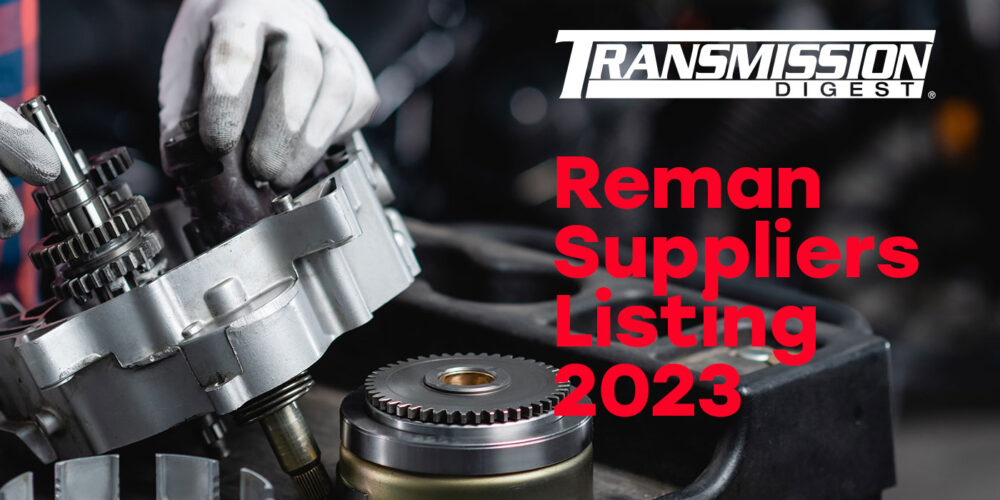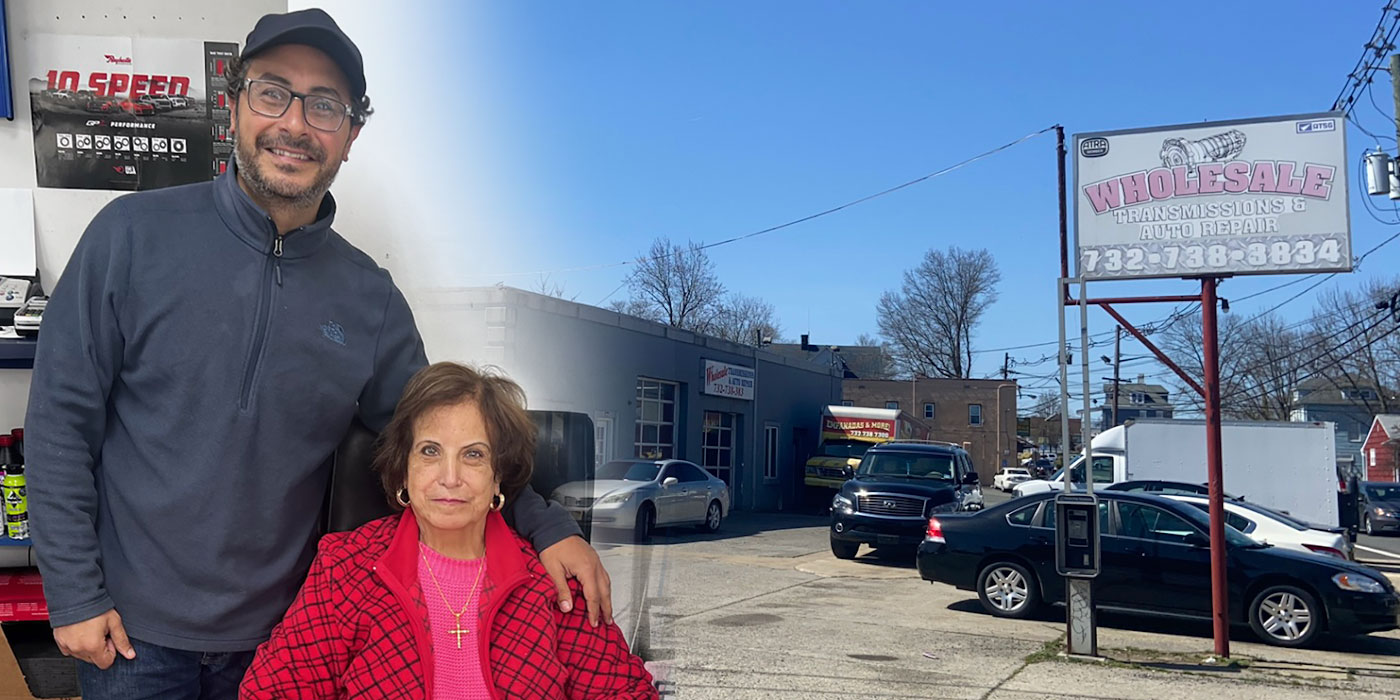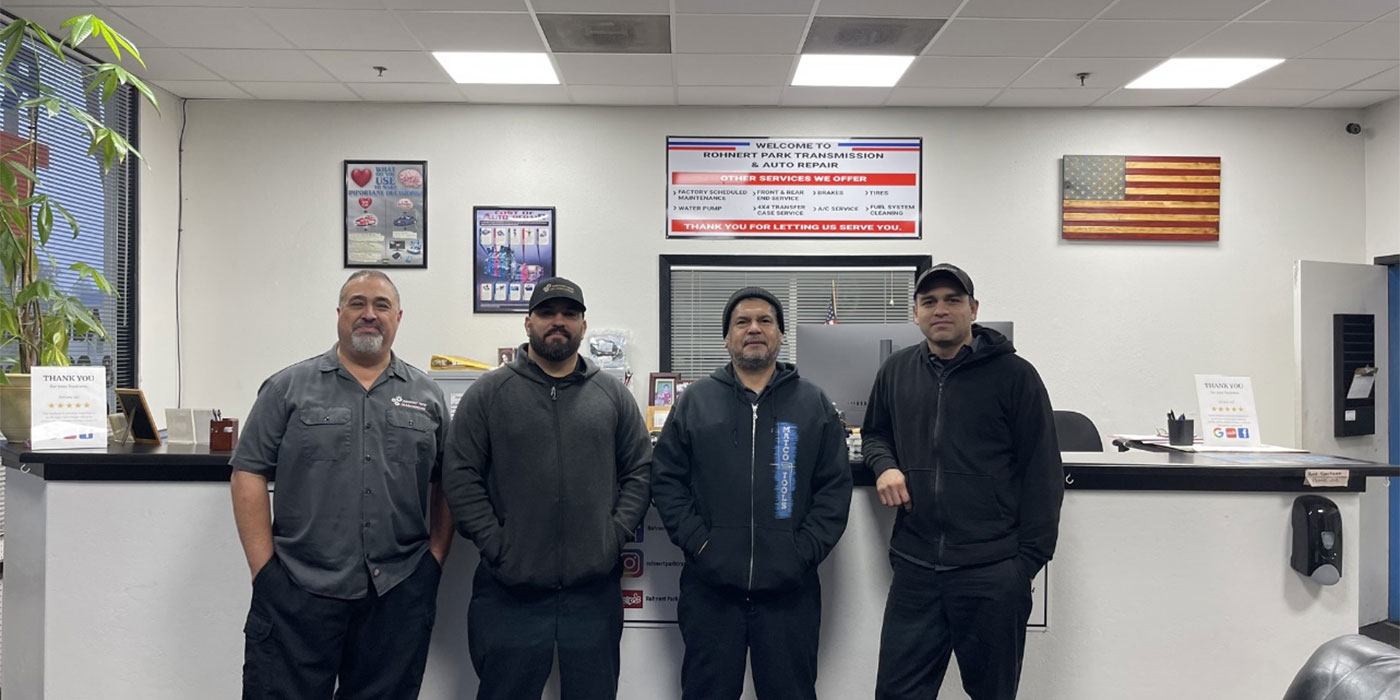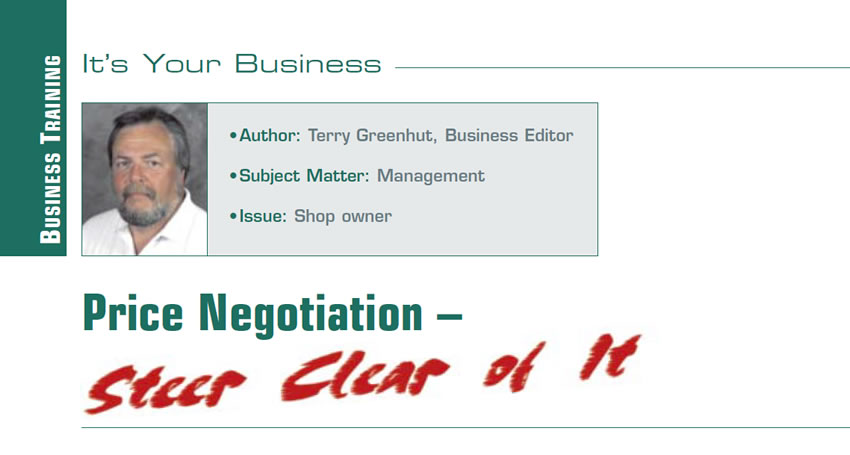
It’s Your Business
- Author: Terry Greenhut, Business Editor
- Subject Matter: Price objections
- Issue: Don’t negotiate
Negotiating price on a repair job you’ve already quoted is never a good idea. It will always leave you with a lower figure than what you started from. After all, you can never go up, only down. So if you had priced a job to make the least amount of profit you could live with (as many shops do) and the customer gets you to drop your price, you’ll have made nothing or maybe even lost money. As we know, it also sends the message that you’re easy to undercut. Customers put that in their memory banks and will use it against you whenever possible in the future, so it’s a bad trend to start.
Shop owners, managers and service writers who immediately go into negotiation mode as soon as the customer squawks about a price usually do so because they don’t feel they have the tools to fend off the attack on their price. The customer indicated in some way that he didn’t want to, couldn’t, or wouldn’t pay that much, so the salesperson took it as being the gospel and immediately began to lower the price. Often when the customer realizes how easy it was to get the salesperson to drop the number once, he will continue negotiating (otherwise known as threatening to leave and go somewhere else) to get an even lower price. If the salesperson is scared by this, the customer is clearly in charge. While no one ever wants to lose a job, what good is it to have one that you can’t make any money on? It’s not like any of you need the practice working on a car. You are there to make a living. Any customer you cannot convince to pay you a profitable amount for a job should be politely discharged. Yes, you can fire a customer. If they won’t pay a fair price that allows you to make money, what do you need them for?
One of the best tools you can have in your arsenal to fight off price objections is the simple word “Why?” or some variation thereof. For example, “Why do you think my price is too high?” or “What makes you feel that’s too much money?” Until that question is answered by the customer, the salesperson has no way to formulate a reply. Just the fact that the customer says he can’t or won’t pay isn’t enough to build any kind of a response on other than to lower the price, which we never want to do.

When you ask the customer, “What makes you feel my price is too high?” and stop talking, you put immense pressure on him to answer. Whatever answer he gives is the real objection. It’s the reason behind him saying your price is too high. That you can work with. For instance, if he answers, “I think your price is too high because I already priced it down the street and they were a lot less.” Now you can answer by saying, “Let’s see why they were so much less. I know our labor rates are about the same and we both pay a comparable price for parts, so if they are that much lower, I wonder if there’s anything they might have left out?” You might then go into detail about what the other shop’s price included and what yours does so you can show the difference.
It’s much easier to make your point if the other shop’s price and yours are miles apart because it’s obvious that something wasn’t figured in on one end or the other. If the prices are close, you need to impress upon the customer that your quality and the service you’ll provide justify the difference in price.
One way to fend off price objections is to get in front of them by explaining in detail all that the customer is going to get from you before you quote your price. That means you can’t shoot from the hip. You should only quote your price after you’ve worked out the numbers yourself. Standing in the driveway leaning over the hood of the car and throwing a number at the customer that has no written basis is like begging the customer to challenge it.
Setting the stage
The sales procedure dictates that there are a number of steps to be followed before a price is quoted. Some are designed to allow for an accurate diagnosis and quote while others are there to show the quality and professionalism of the service that they can expect. There’s some amount of show business involved, but you don’t want to shortcut it. In fact, the more the job costs, the more of a dog-and-pony show you need to put on. For example, a $50-$100 basic transmission service doesn’t need a whole lot of time explaining and maybe none at all if the customer has had it performed in the past. The price point is low enough where it doesn’t hurt the customer to pay it, so the sale can be wrapped up quickly. When it comes to an overhaul that costs several thousand dollars, a lot more time needs to be spent. Customers have to be able to justify in their own minds not only that the amount needs to be spent but also that having the job done with you is the right alternative.

Setting the stage for this drama all begins with the way you advertise. Your entire purpose for any ad you place is to get your phone to ring, so you should try not to scare off potential customers in your ads. Shops that use the words overhaul, rebuild, rebuilt, reconditioned and the like, are telling customers, “If you come here, prepare to spend big bucks because these are the things we do.” If anything, you want people to feel it is relatively safe to call you or come in. To accomplish that, they need to be able to focus on something that stands out in your ad that gives them hope that their situation may not be the worst-case scenario, such as:
- “It may not be as bad as you think.”
- “It may not be a transmission problem at all.”
- “We’ll check it for you free of charge.”
- “Many transmission problems are minor in nature. Let us see if we can save you some money.”
The next step is the initial phone call. How you handle this makes the difference between someone coming in or not. If you quote a price on the phone without having had the chance to check out the problem, you lose. The caller will hang up and proceed to call all the other shops in the area. Then everyone who chooses to get involved will be negotiating on something they haven’t seen. The one who ultimately gets the visit from the caller will usually be the one who doesn’t quote a price but gives the caller the hope that either it won’t be so bad or it won’t cost too much. That needs to be you. Once the callers come to your shop and are shown courtesy and professionalism, there’s a good chance they won’t go anywhere else.
Don’t copy TV wheeler-dealers
Recently I’ve watched several shows about people in our industry who buy, sell, or fix up and flip used cars and customs. They usually buy something old and often quite decrepit, dump a whole lot of money and time into it, then either list it on the Internet or try to sell it at auction, depending upon how popular or rare the vehicle is and who they think might want it.

Often, when the cars are brought to auction, they don’t sell either because the attendees aren’t there for those types of vehicles or because the sellers set minimums that the audience doesn’t believe they’re worth. That being the case, the auction company has negotiators on site to make private deals if there are any bids close to the reserve the owner placed on the vehicle. Sometimes deals are struck and other times the vehicles go back home with the seller.
On these shows there is no real art to the negotiating. The sellers start high, usually quite a bit higher than what they really want, and the buyer starts insultingly low. But since the sellers inflated the price to begin with, they don’t get insulted. He just throws back a number, and after a bunch of back and forth, they generally settle on a figure somewhere in the middle. That might be fine for those types of situations, but it doesn’t work well on the repair side. There’s one show on which they do nothing but big custom and restoration jobs. The shop owner works up a price and quotes it only to have the customer say he wasn’t planning to spend that much or that he doesn’t have enough. The shop owner then proceeds to cut thousands of dollars off the price. Great for television, but you’d go broke doing it in the real world.
Fight for your price
We have a credibility problem when we lower a price. Our customers right away start thinking, “Why was he willing to drop his price so much or so fast if the first price he quoted was what he actually needed?” So when you cut your price, people don’t take that as a good thing. They just figure you were trying to rip them off at the higher price. So it just makes you look bad. If you ever did decide to cut a price to accommodate a customer’s budget, you would have to cut the value the customer receives by providing lower quality parts, a shorter warranty or both as justification.
Remember that the more you fight for your price and the more you can justify it with numbers that make sense, the more your customers will think it’s a real price and they more likely they will be to pay it.





